

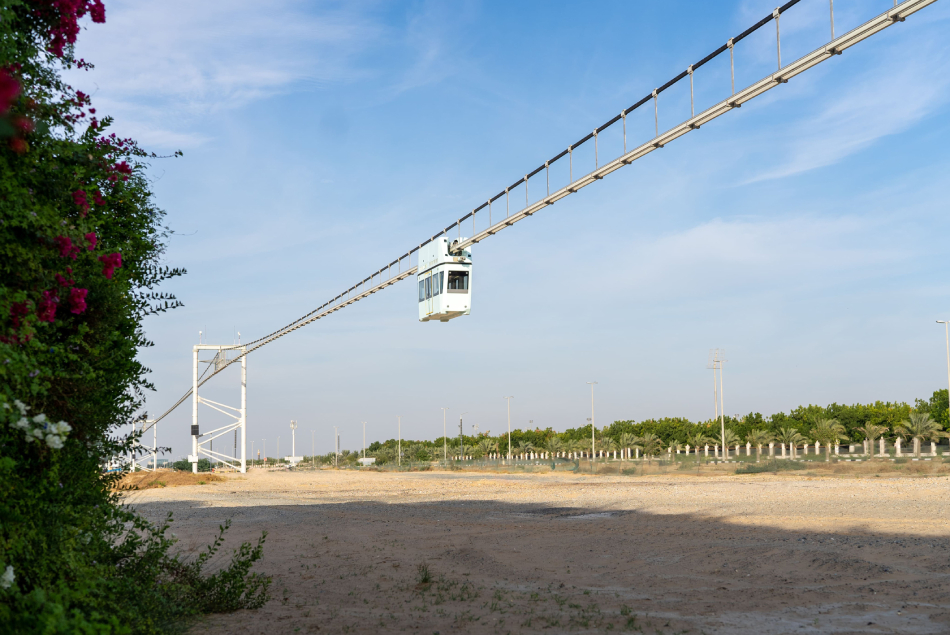
Mueller’s Aerobus, the Wuppertal Suspension Railway and the uST transport and infrastructure complexes... The aboveground factor is what they have in common. However, a detailed comparison of these technologies reveals a number of major differences. What are the differences between somewhat similar modes of transportation?
The overpass-type suspension system of Swiss engineer Gerhard Mueller was built in Germany back in the 1970s. And although the Aerobus, like the uPod, traveled on the second level, the monumental difference between these transportation systems is evident in a comparison of these engineering solutions.
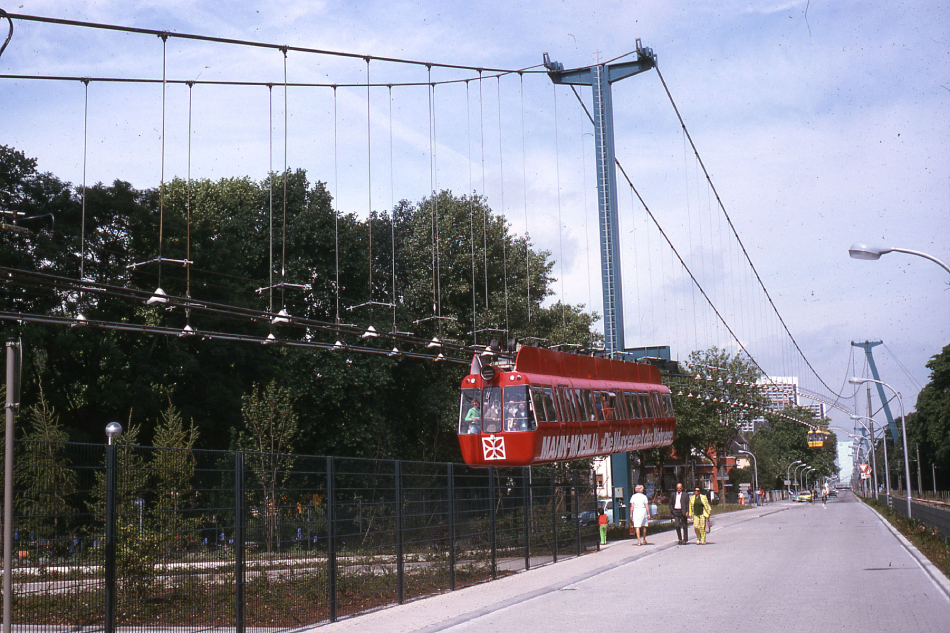
Source: de.m.wikipedia.org
Speed
The uPods can hit 150 km/h, while the maximum speed of Mueller's Aerobus is 35 km/h.
Aerodynamics
Passenger capacity
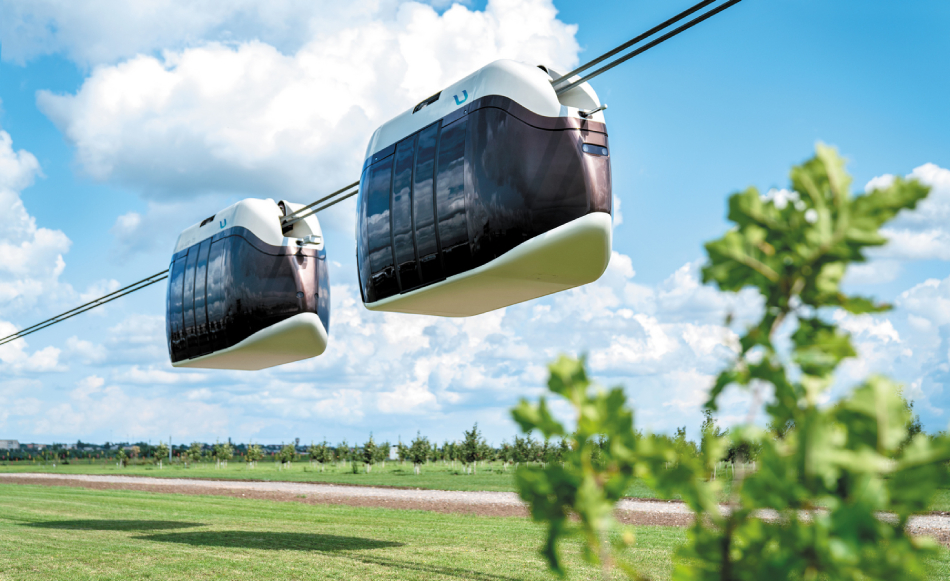
Chassis design
Track structure
The first monorail to be put into operation was a 13.3 km long road in the German city of Wuppertal, and it is still in service today.
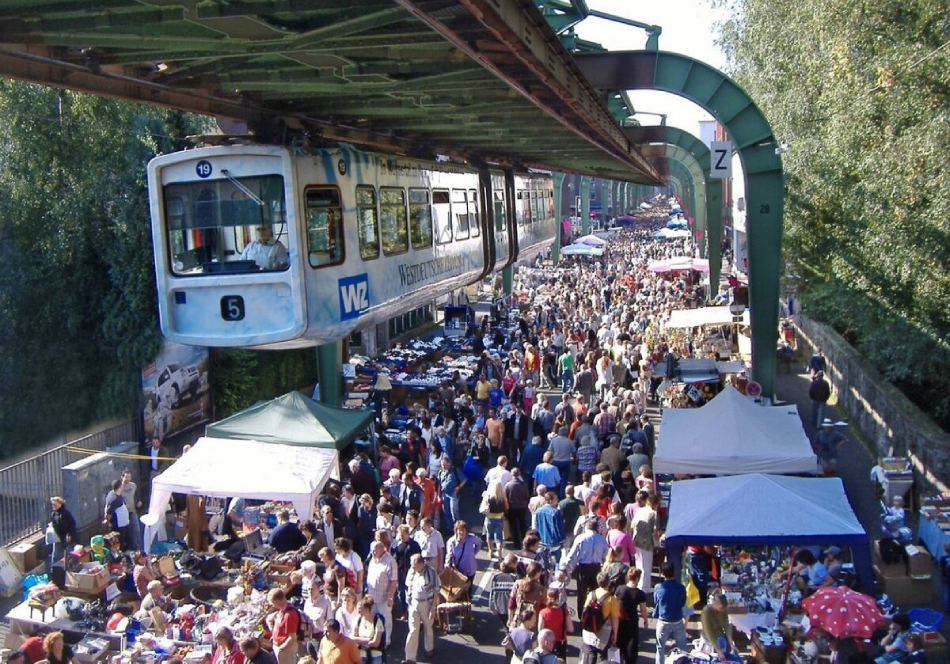
Source: dzen.ru
Speed
Traffic interval
Passenger capacity
Today, around 85,000 passengers use the Wuppertal Suspension Railway every day. Annual passenger traffic reaches 25 million people. The uPods assembled into small trains can carry up to 50,000 people per hour. This figure will amount to about 300 million passengers per year.
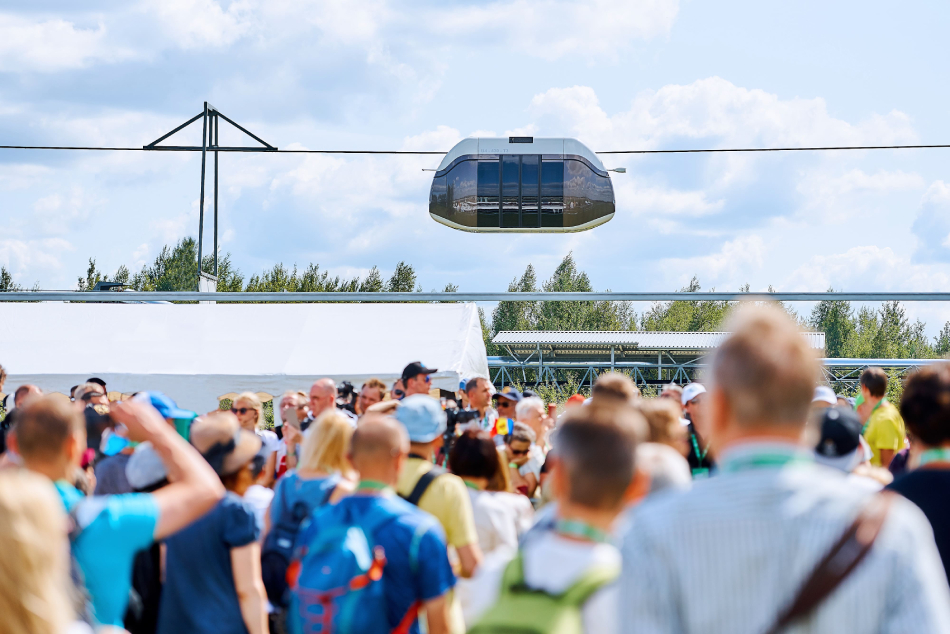
Power supply
Track
Material intensity
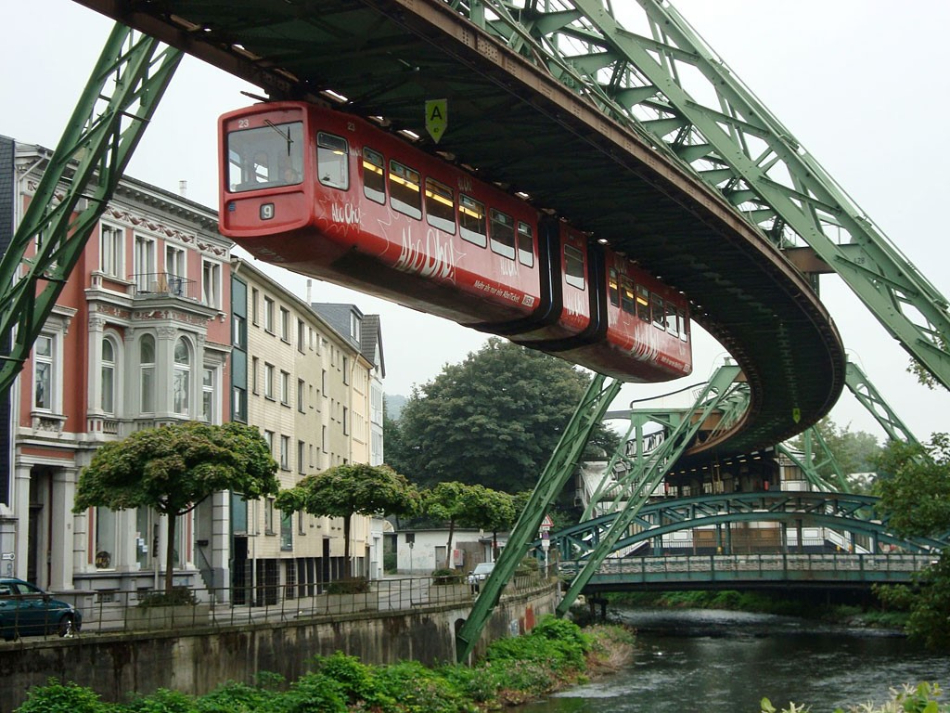
Source: tito0107.livejournal.com
Financial burden
Integration into infrastructure
Safety
As we can see, the only thing these transportation systems have in common is the idea of moving above the ground, but the engineering solutions are completely different: rail design, its internal filling, and production technologies, aerodynamics, etc. The uST complexes are more efficient, safe and cost-effective.
This form asks for your consent to allow us to use your personal data for the reasons stated below. You should only sign it if you want to give us your consent.
Who are we?
The name of the organisation asking you for consent to use your information is:
Global Transport Investments
Trident Chambers, P.O. Box 146, Road Town
Tortola
British Virgin Islands
We would like to use the following information about you:
Why would we like to use your information?
Global Transport Investments would like to send this information to company registry, inform you about its news, for refund purposes.
What will we do with your information?
We store your name, address, ID Data, date of birth into company registry. We will share your e-mail & phone number with IT Service (https://digitalcontact.com/), SMS Center (http://smsc.ru). They will add your details to their mailing list and, when it is news update, they will send you an email or sms with details. We store your credit card number for possible refunds.
How to withdraw your consent
You can withdraw the consent you are giving on this form at any time. You can do this by writing to us at the above address, emailing us at the address: [email protected] or by clicking on the unsubscribe link at the bottom of emails you receive.
This privacy notice tells you about the information we collect from you when you sign up to receive our regular newsletter via our website. In collecting this information, we are acting as a data controller and, by law, we are required to provide you with information about us, about why and how we use your data, and about the rights you have over your data.
Who are we?
We are Global Transport Investments. Our address is Trident Chambers, P.O. Box 146, Road Town, Tortola, British Virgin Islands. You can contact us by post at the above address, by email at [email protected].
We are not required to have a data protection officer, so any enquiries about our use of your personal data should be addressed to the contact details above.
What personal data do we collect?
When you subscribe to our newsletter, we ask you for your name and your email address.
Why do we collect this information?
We will use your information to send you our newsletter, which contains information about our products.
We ask for your consent to do this, and we will only send you our newsletter for as long as you continue to consent.
What will we do with your information?
Your information is stored in our database and is shared with with IT Service (https://digitalcontact.com/), SMS Center (http://smsc.ru). It is not sent outside of the Euro. We will not use the information to make any automated decisions that might affect you.
How long do we keep your information for?
Your information is kept for as long as you continue to consent to receive our newsletter.
Your rights over your information
By law, you can ask us what information we hold about you, and you can ask us to correct it if it is inaccurate.
You can also ask for it to be erased and you can ask for us to give you a copy of the information.
You can also ask us to stop using your information – the simplest way to do this is to withdraw your consent, which you can do at any time, either by clicking the unsubscribe link at the end of any newsletter, or by emailing, writing us using the contact details above.
Your right to complain
If you have a complaint about our use of your information, you can contact the Information Commissioner’s Office.
Rate and Comment
You can assess the importance of a particular publication and the level of its preparation. Share your opinion in the comments!